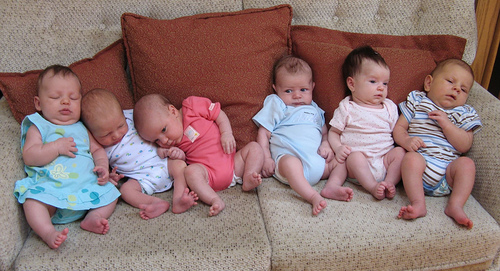Human population increase / land or habitat pressure
The rate of human population growth in recent times has been phenomenal, from 2.5 billion in 1950 to 5 billion in 1990 and just 9 years more to reach a total of 6 billion. The world population then reached 7 billion on the 31st October 2011 (United Nations). Malthusian warnings on population carrying capacity (Rees 1996) date back to 1798:
The power of population is so superior to the power of the earth to produce subsistence for man, that premature death must in some shape or other visit the human race..."
(Rees 1996)
For many in the developing world in the last century and the coming century such words will have been a reality lived. The fact is that there has been and remains enough food in the world to feed the entire global population currently (Magdoff 2008). It is the socio-political influences on the distribution system that are more problematic along with economics, pure and simple.
It needs to be recognised that it is also not so much the total population number that is the headline figure but rather the mix of population with consumption levels.
Each baby born in the developed world for example could be considered to be a 'disaster' for the planet. They consume 20-30 times as much as a baby born in Africa in their lifetime, even if in recent times 'going green' has become a popular fad in the developed world to limit impact (Reay 2009).

Image by Anthony J from Flickr. Used under Creative Commons Attribution Licence
So it is maybe not so much high fertility rates that are the problem in countries such as Africa, but rather the high consumption rates in countries such as the United States that impact on the global environment and put increasing pressure on habitat conservation (Rees 1996).